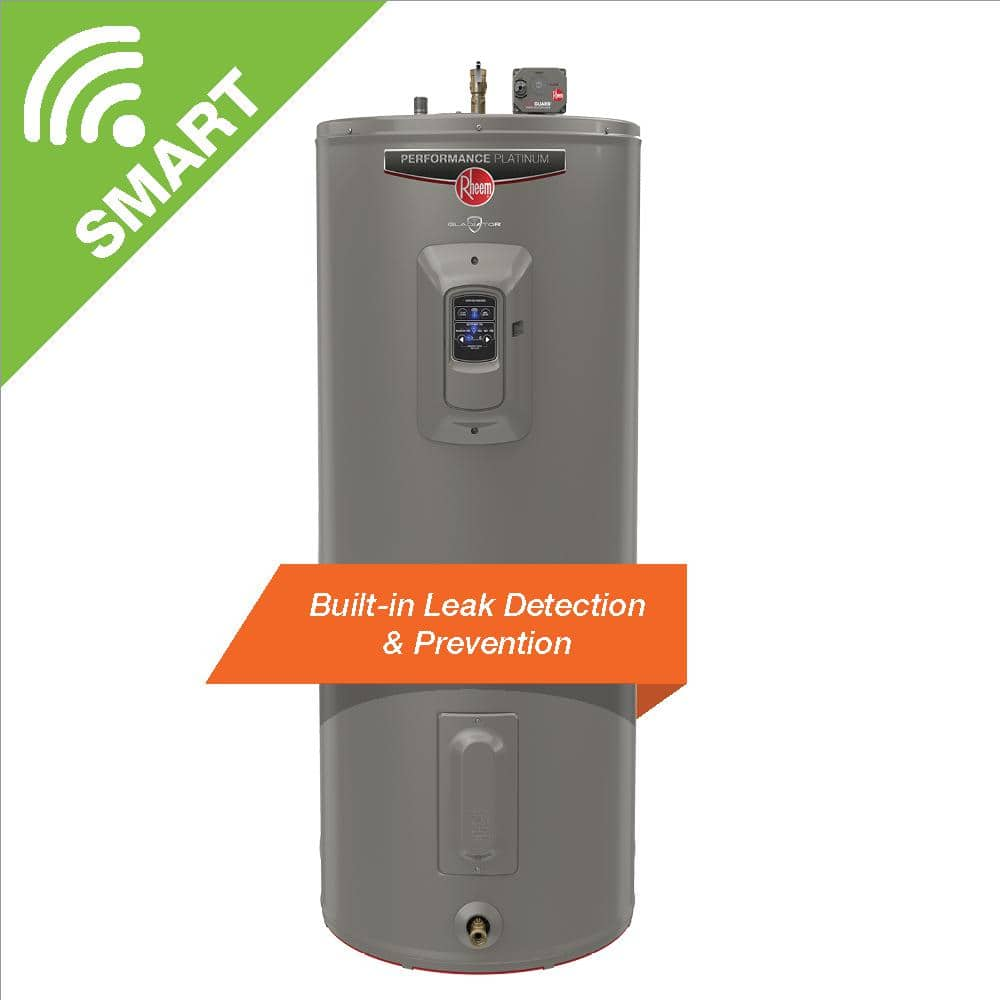- Mar 31, 2003
- 10,938
- 1,605
- 126
So I installed this Rheem water heater yesterday and I am messing around with creating a schedule for it....

I will have temp go down to 110 degrees at midnight and then back to 125 at 8AM...
Does it cost more to just keep it at 125 or have the system heat the water from 110 to 125 at 8AM? I have no idea how to figure out which is cheaper...does the heating element work any harder in either scenario (to possibly shorten the life of the element)?
worst case, I could set one day to keep it at 125 and the next day to go from 110 to 125 and then use the built in reporting to see which used more kW...

Rheem Gladiator 50 Gal. Tall 12 Year 5500/5500-Watt Smart Electric Water Heater with Leak Detection and Auto Shutoff XE50T12CS55U1 - The Home Depot
The Rheem Gladiator 50 Gal. electric water heater provides an ample supply of hot water for households with 3 to 5 people. The Gladiator water heater is unlike any other water heater because it provides
www.homedepot.com
I will have temp go down to 110 degrees at midnight and then back to 125 at 8AM...
Does it cost more to just keep it at 125 or have the system heat the water from 110 to 125 at 8AM? I have no idea how to figure out which is cheaper...does the heating element work any harder in either scenario (to possibly shorten the life of the element)?
worst case, I could set one day to keep it at 125 and the next day to go from 110 to 125 and then use the built in reporting to see which used more kW...


